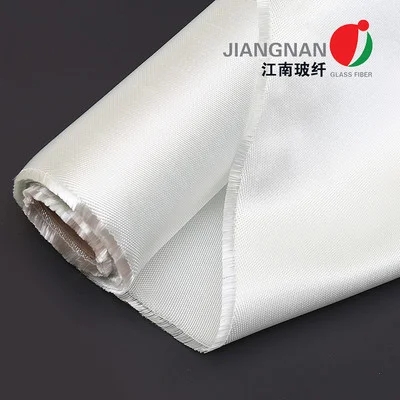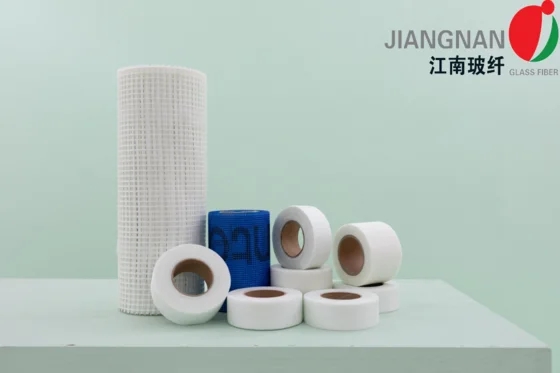Choosing the Right Cladding Material: A Comprehensive Guide to Optimal Building Facades
When it comes to constructing or renovating a building, one of the most critical decisions architects and builders face is selecting the appropriate cladding material. Cladding serves not only as a protective layer for structures but also plays a vital role in aesthetics, energy efficiency, and sustainability. With a plethora of options available, understanding the best material for cladding requires a nuanced approach that considers various factors, including climate, building type, budget, and desired performance characteristics.
Understanding Cladding: More Than Just Aesthetic Appeal
Cladding is the outer layer of a building that provides protection against weather elements, enhances thermal insulation, and contributes to the overall visual appeal of the structure. It can be made from a variety of materials, each with its unique properties, advantages, and disadvantages. The choice of cladding material can significantly impact a building's durability, maintenance requirements, and energy efficiency.
Key Factors to Consider When Choosing Cladding Material
- Climate and Weather Resistance:
The local climate plays a pivotal role in determining the best cladding material. For example, in areas prone to heavy rainfall, materials like fiber cement or vinyl siding may be preferable due to their water-resistant properties. Conversely, in regions with extreme temperatures, insulated cladding systems can enhance energy efficiency and comfort. - Building Type and Design:
The architectural style and purpose of the building also influence cladding choices. Modern designs may favor sleek metal panels or glass, while traditional structures might benefit from natural stone or wood. The material should complement the overall design while fulfilling functional requirements. - Durability and Maintenance:
Different materials come with varying levels of durability and maintenance needs. For instance, brick and stone are known for their longevity and low maintenance, while wood may require regular treatment to prevent rot and insect damage. Understanding the lifecycle of the material can help in making a sustainable choice. - Energy Efficiency:
Cladding can significantly affect a building's energy performance. Insulated cladding systems, such as insulated metal panels or composite materials, can reduce energy consumption by minimizing heat loss in winter and heat gain in summer. This not only lowers energy bills but also contributes to a building's sustainability credentials. - Cost and Budget:
While some materials may have a lower initial cost, it is essential to consider the long-term investment. High-quality materials may require a higher upfront cost but can lead to savings in maintenance and energy efficiency over time. A thorough cost-benefit analysis is crucial.
Popular Cladding Materials: Pros and Cons
- Vinyl Siding:
- Pros: Affordable, low maintenance, available in various colors and styles.
- Cons: Can fade over time, less durable in extreme weather conditions.
- Fiber Cement:
- Pros: Highly durable, fire-resistant, and available in multiple finishes.
- Cons: Heavier than other materials, requires professional installation.
- Wood:
- Pros: Natural aesthetic, good insulation properties.
- Cons: Requires regular maintenance, susceptible to rot and pests.
- Metal Panels:
- Pros: Modern appearance, highly durable, recyclable.
- Cons: Can be prone to denting, may require insulation for energy efficiency.
- Brick and Stone:
- Pros: Extremely durable, low maintenance, timeless appeal.
- Cons: Higher initial cost, labor-intensive installation.
Sustainable Cladding Options
As sustainability becomes increasingly important in construction, many builders are turning to eco-friendly cladding materials. Options such as reclaimed wood, bamboo, and recycled metal not only reduce environmental impact but also contribute to a building's green certification. Additionally, some manufacturers offer cladding systems that incorporate insulation made from recycled materials, further enhancing energy efficiency.
Conclusion: Making an Informed Decision
Selecting the best material for cladding is a multifaceted decision that requires careful consideration of various factors, including climate, building design, durability, energy efficiency, and budget. By understanding the unique properties of each material and evaluating their pros and cons, architects and builders can make informed choices that enhance the performance and aesthetics of their structures.




